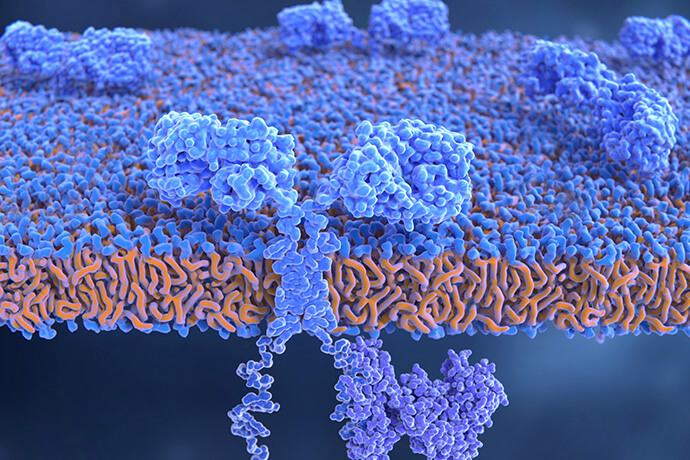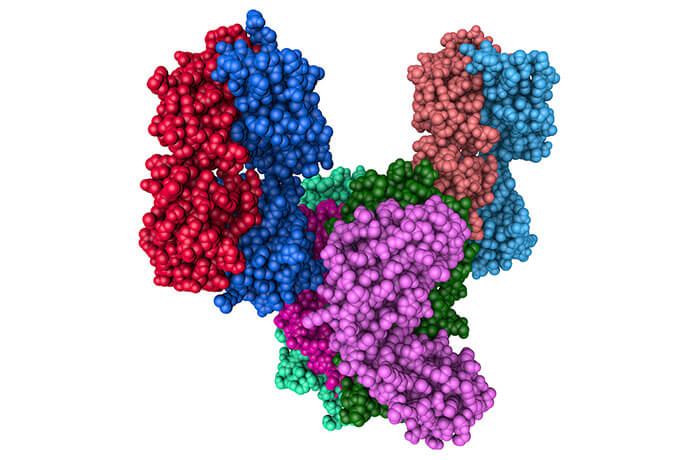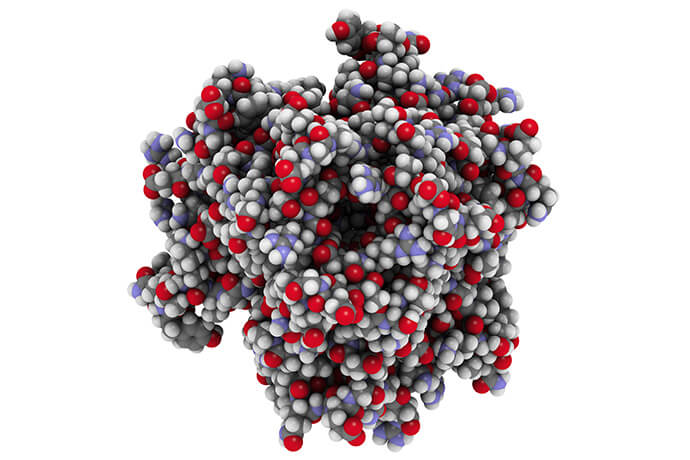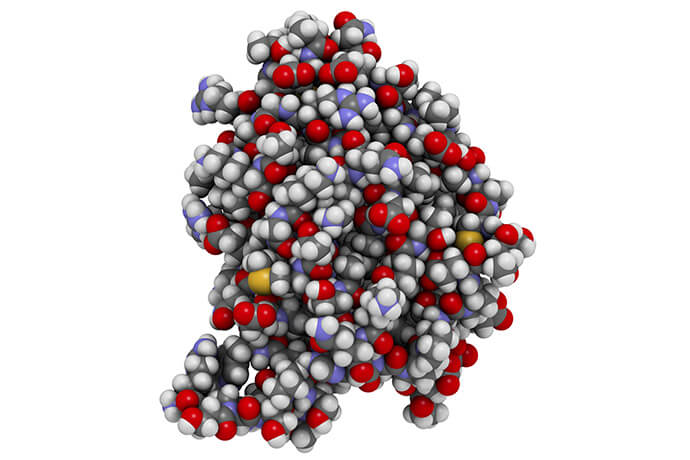T cells are the most numerous and functionally complex type of lymphocytes, mainly including CD4+ T cells and CD8+ T2 cells, which play an important role in cellular immunity and assist in humoral immune response. According to their functions in the immune response, T lymphocytes mainly include helper T cells (Th cells), regulatory T cells (Treg cells), effector T cells and cytotoxic T cells.
Th cells are common precursors of all Th cell subpopulations before they are stimulated by antigen and are called Th precursor cells with multidirectional differentiation ability. Th precursor cells are regulated by different cytokines and transcription factors and can differentiate into CD4+ T cell subsets such as Th1, Th2, Th17 and Treg cells.
 Illustrative scheme of naïve T cell differentiation into Th1, Th2, Th17 or Treg cells, depending on the cytokine profile (Figueiredo et al., 2016).
Illustrative scheme of naïve T cell differentiation into Th1, Th2, Th17 or Treg cells, depending on the cytokine profile (Figueiredo et al., 2016).
Th1 cells suppress B-cell function and mediate cellular immunity by secreting inflammatory cytokines such as interleukin (IL) and interferon (IFN), and enhance anti-infective immunity by phagocytes. Th2 cells mediate humoral immune responses by secreting cytokines such as IL-4 and IL6, which promote B-cell differentiation and antibody production.
Th17 and Treg cells, two novel subsets of CD4+ T cells, have become a hot topic of research in the regulation of inflammatory responses. It has been found that the development of myasthenia gravis (MG), multiple sclerosis (MS) and Guillain-Barré syndrome (GBS) is associated with abnormalities of Th17 and Treg cells and cytokines and transcription factors.
Th17 /Treg Cytokine Differentiation and Function
Th17 cells have a different differentiation pathway and function from Th1 and Th2 cells, are IL-23 dependent, and are characterized by specific secretion of high levels of IL-17. Th17 cells can secrete cytokines such as IL-17, IL-6, IL-21, IL-22 and tumor necrosis factor-alpha, of which IL-17 is the most important cytokine. The IL-17 family consists of six structurally similar cytokines, IL-17A to F, and five receptors, IL-17 receptor A to E. Among them, IL-17A is mainly secreted by CD4+ T cells (i.e. Th17 cells). IL-17A has 50% homology with IL-17F, and its structure and function have many similarities. In the adaptive immune response, CD4+ Th17 cells can secrete both IL-17A and IL-17F, while IL-17B, IL-17C, IL-17D and IL-17E (IL-25) are widely expressed in other cells. IL-17 receptors are widely expressed in vivo and bind to IL-17 to mediate signaling to exert the corresponding biological effects.
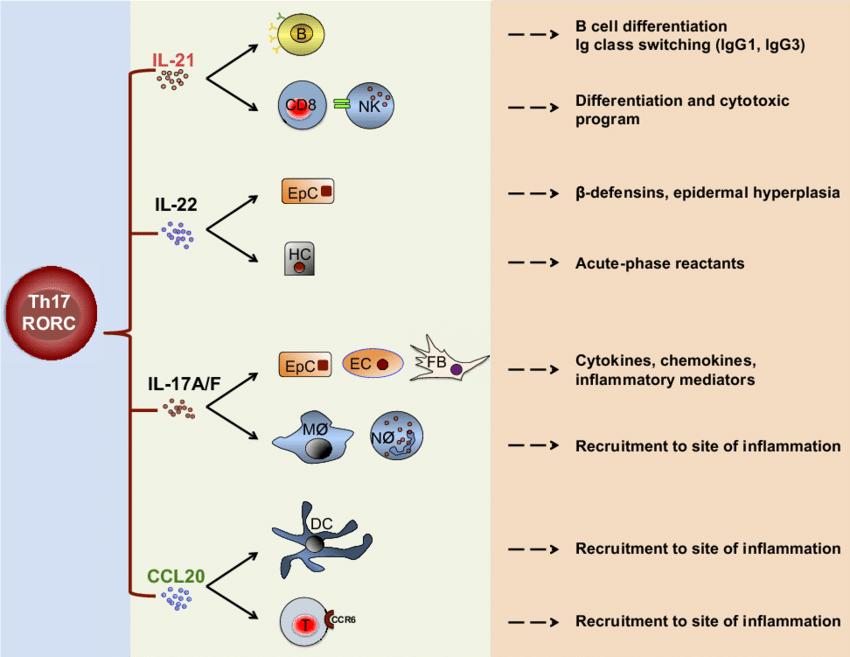 Functions of Th17 cytokines and chemokines (Maddur et al., 2012).
Functions of Th17 cytokines and chemokines (Maddur et al., 2012).
Treg cells are a subset of T cells that regulate a variety of immune functions, including natural Treg cells and induced Treg cells. Their main function is to suppress the activation of other effector T cells, induce immune tolerance and exert immunomodulatory effects. Treg cells secrete IL-10 and transforming growth factor-ß (TGF-ß), which together induce Treg cells to differentiate continuously or inhibit the activation and proliferation of effector immune cells through direct cell contact, exerting negative immune regulation and maintaining the immune homeostasis of the body. IL-2 receptors bind competitively with IL-2 and prevent IL-2 from differentiating and proliferating other T cells. IL-2 also causes high expression of forkheadbox transcription factor P3 (FoxP3) in Treg cells.
 Mechanisms of action deployed by regulatory T cells (Tregs) (Janssens et al., 2020)
Mechanisms of action deployed by regulatory T cells (Tregs) (Janssens et al., 2020)
IL-35 is a new anti-inflammatory factor secreted by Treg cells after IL-10 and TGF-ß, which has stronger immunological functions than IL-10 and TGF-ß. It can inhibit the proliferation and differentiation of T cells and induce the generation of new Treg cells with stronger inhibitory activity35, which plays a negative immune regulatory role. Novel Treg cell 35 can specifically secrete IL-35, a key cytokine for the induction of infectious tolerance, which can effectively inhibit the differentiation and proliferation of T cells and prevent the development of inflammation.
Th17 and Treg cells originate from the same class of CD4+ T cells. They first differentiate from Th precursor cells into intermediate cells, and the subsequent direction of differentiation depends mainly on the type of cytokines in the microenvironment. TGF-ß mediates the differentiation of T cells, and the differentiation to Treg cells is aborted by the addition of IL-6 and shifted to Th17 cells. Thus, IL-6 plays a key role in the differentiation of T cells. th17 and Treg cells have opposite roles. th17 hinders immune tolerance and Treg cells promote it. The two form a relatively independent network of cells other than Th1/Th2 cells. Under normal conditions, the differentiation of Th17/Treg cells maintains a dynamic balance and prevents the development of inflammatory diseases.
By measuring the levels of Th17 and Treg cells and related cytokines, it will help basic disease research and analysis of the relationship between Th17 cells, Treg cells and disease progression. Creative Proteomics provides Th17/Treg Cytokine Panel based on Luminex multiplex assay technology to help your project research.
References:
- Figueiredo, A. S., & Schumacher, A. (2016). The T helper type 17/regulatory T cell paradigm in pregnancy. Immunology, 148(1), 13-21.
- Maddur, M. S., Miossec, P., Kaveri, S. V., & Bayry, J. (2012). Th17 cells: biology, pathogenesis of autoimmune and inflammatory diseases, and therapeutic strategies. The American journal of pathology, 181(1), 8-18.
- Janssens, I., & Cools, N. (2020). Regulating the regulators: Is introduction of an antigen-specific approach in regulatory T cells the next step to treat autoimmunity? Cellular Immunology, 358, 104236.


